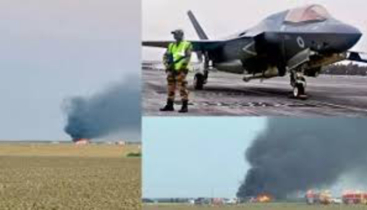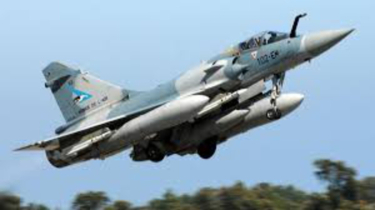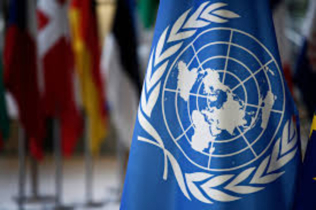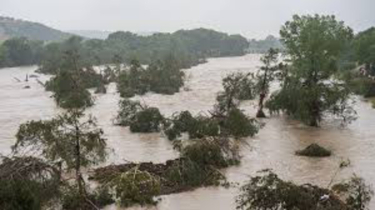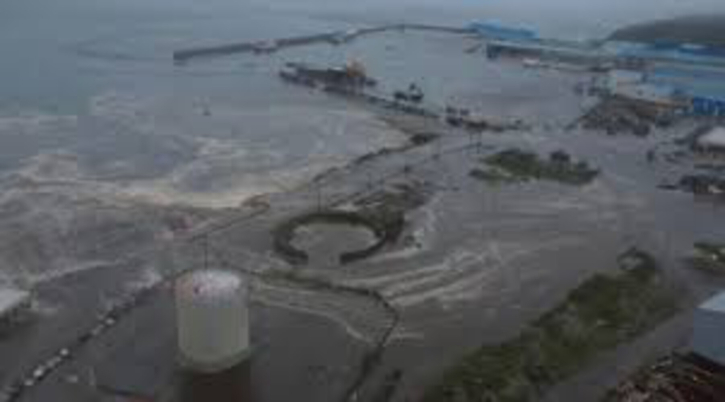
Tsunami alerts have been issued in the US, Russia, Japan, Taiwan, and the Philippines after a magnitude 8.8 earthquake off Russia’s eastern Kamchatka Peninsula.
The quake struck 136km (84 miles) east of the coastal city of Petropavlovsk-Kamchatsky in Russia’s far east, the United States Geological Survey (USGS) said on Tuesday, Al Jazeera reports.
Japan’s meteorological agency issued a tsunami advisory for much of its east coast, warning of waves of up to 3 metres (9.8 ft) high.
Tsunami warnings were also issued for Taiwan, the Philippines, Hawaii and Alaska’s Aleutian Islands, with advisories issued for much of the US West Coast.
The fourth wave of the tsunami has reached the town of Severo-Kurilsk in Russia’s Sakhalin region, but it was already weak, according to the mayor of the Severo-Kurilsk region, Alexander Ovsyannikov, who spoke to the Interfax news agency.
“The most serious was the third wave, which did a lot of damage. It damaged the port infrastructure; the entire small fleet was pulled out to sea, it is now hanging around in the strait, some of the ships were washed ashore,” he said.
The tsunami alert remains. But in Severo-Kurilsk, it applies to the port area. The city itself is located on a hill in a safe place, the mayor added.
There were no casualties. It was previously reported that after a powerful earthquake near Kamchatka, a tsunami alert was declared in Severo-Kurilsk and everyone was evacuated from the tsunami-hazardous zone.
A state of emergency has been declared in the city due to the consequences of the earthquake and tsunami.
The US National Weather Service reports that tsunami waves are now impacting the state of Hawaii, and urgent action should be taken to protect lives and property.
It shared further warnings about what conditions to expect and the dangers involved.
“A tsunami is a series of long waves. Each individual wave can last 5 to 15 minutes or more and extensively flood coastal areas. The danger may persist for many more hours as wave activity continues,” the weather service said.
“Tsunami waves efficiently wrap around islands, so all shores are at risk no matter which direction they face. Extremely strong and unusual nearshore currents can accompany a tsunami. Debris picked up and carried by a tsunami amplifies its destructive power. Simultaneous high tides or high surf can significantly increase the tsunami hazard,” it added.
NHK World reports that tsunami waves have reached as high as 1.3 metres in Kuji Port in northeastern Japan.
Waves have also risen to 80 cm in Nemuro Hanasaki and 70 cm in Ishinomaki Port.
Wave heights are steadily rising elsewhere in Japan to 50 and 60 cm, up from 20 cm earlier in the morning.
Japanese authorities say waves could reach as high as 3 metres and warned residents the tsunami warning could stay in place for the next 24 hours.
Tsunami waves have now been detected by coastal gauges along Alaska’s East Aleutian Islands and the Pacific side of the Alaska Peninsula, the US’s National Weather Service (NWS) in Anchorage reports.
Ecuador has ordered preventive evacuations of beaches, docks and low-lying areas in the Galapagos Islands off its coast.
“A tsunami warning has been established for the Insular Region [Galapagos], which indicates the immediate suspension of maritime activities, as well as preventive evacuations of beaches, docks and low-lying areas,” Ecuador’s Secretariat for Risk Management said in a statement.
TH

.png)
